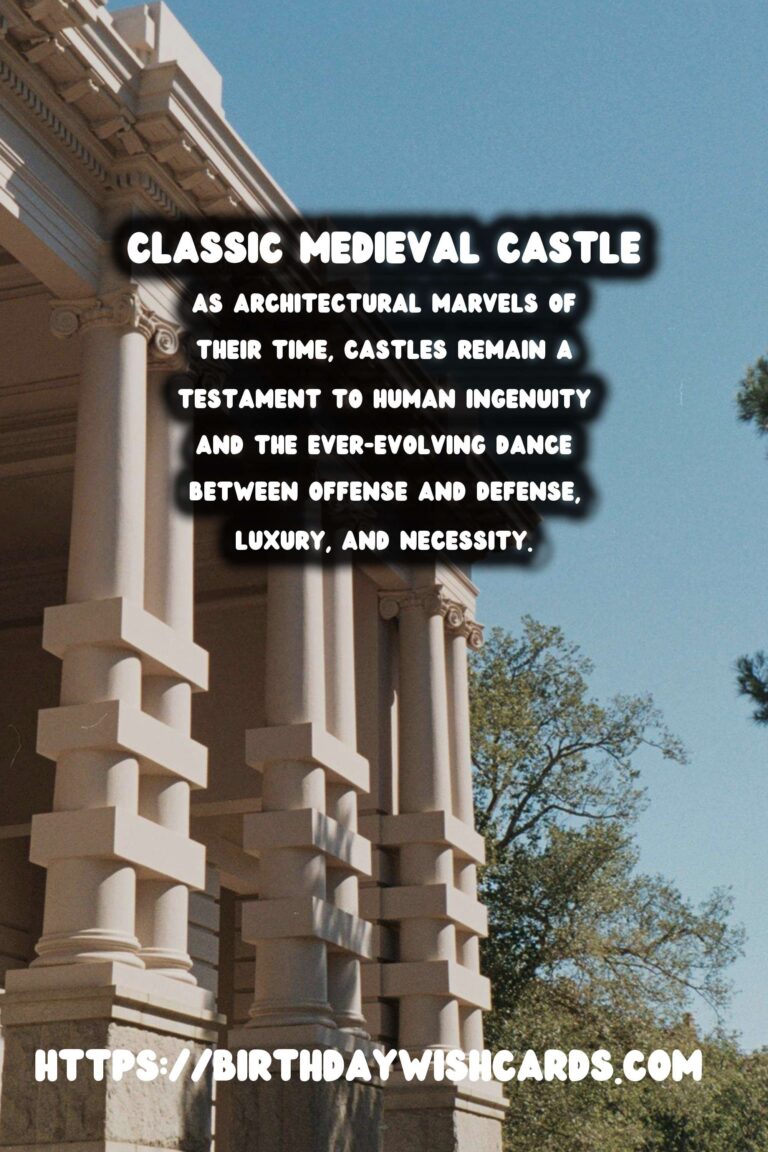
The history of castles is a vast tapestry that spans several centuries, blending both art and defense. Castles are a significant part of architectural history, providing insight into the evolution of military tactics, the lifestyle of nobility, and the socio-political climate throughout history.
The earliest castles appeared in the 9th and 10th centuries, predominantly in Europe, acting as fortified structures that served both military and residential purposes. Initially simple in construction, they grew more complex and grandiose over the centuries. Let’s delve into the design and function of these remarkable structures and how they influenced the course of history.
The Origins of Castles
Castle building began in earnest during the medieval period, around the time of the Norman Conquest in 1066. The need for fortifications arose from the frequent conflicts between ambitious feudal lords, as well as the need to assert control over newly conquered territories.
Early castles were predominantly wooden motte-and-bailey designs which included a central mound (the motte) supporting a fortified tower or keep, and an enclosed courtyard (the bailey) surrounded by a wooden palisade. Over time, these structures gradually transitioned into stone builds, offering greater defensive strength and durability.
Evolution in Design: From Motte-and-Bailey to Stone Keep
The motte-and-bailey castles were vulnerable to fire and decay, leading to the development of stone keeps. Stone materials provided additional protection and longevity, and their imposing presence served as a deterrent to attackers.
With the introduction of stone architecture, castle designs incorporated thicker walls, arrow slits, and crenellations. These elements provided enhanced defensive capabilities. The iconic tower keeps also became prominent, serving as both residential spaces and strongholds during sieges.
Advanced Defensive Features
By the 12th century, the architectural innovation was honed further with the introduction of concentric castles. These structures featured multiple layers of walls—an outer lower wall and a higher inner wall—providing several lines of defense. This design was particularly advantageous during times of siege.
Other advances included the use of moats, drawbridges, portcullises, and murder holes—all mechanisms intended to thwart invaders and protect the castle’s inhabitants.
The Role of Castles in Medieval Society
Beyond their military utility, castles were pivotal centers of power and governance. They were the homes of royalty and nobility, places where important decisions were made and where vassals and subjects gathered for protection and judgment.
Internally, castles were centers of medieval luxury, reflecting the status and wealth of their owners. The interior might feature lavish halls, chapels, and living quarters, marked by tapestries, intricate tapestries, and elaborate furnishings.
The Decline of Traditional Castles
The decline of medieval castles began with the advent of gunpowder and cannon in the late medieval period. Stone walls could no longer withstand the power of cannon fire, leading to changes in military and architectural tactics.
Even as castles became obsolete in warfare, their legacy lived on. Many castles were adapted into residences designed to reflect wealth and power rather than defense, while others fell into decay, becoming romantic ruins dotting the landscape.
The Cultural Legacy of Castles
Today, castles are cherished historical sites, tourist attractions, and subjects of study in both architecture and history. Their enduring legacy provides a window into an era where constructs of stone and mortar shaped the destiny of nations.
As architectural marvels of their time, castles remain a testament to human ingenuity and the ever-evolving dance between offense and defense, luxury, and necessity.
The history of castles is a vast tapestry that spans several centuries, blending both art and defense. As architectural marvels of their time, castles remain a testament to human ingenuity and the ever-evolving dance between offense and defense, luxury, and necessity. 
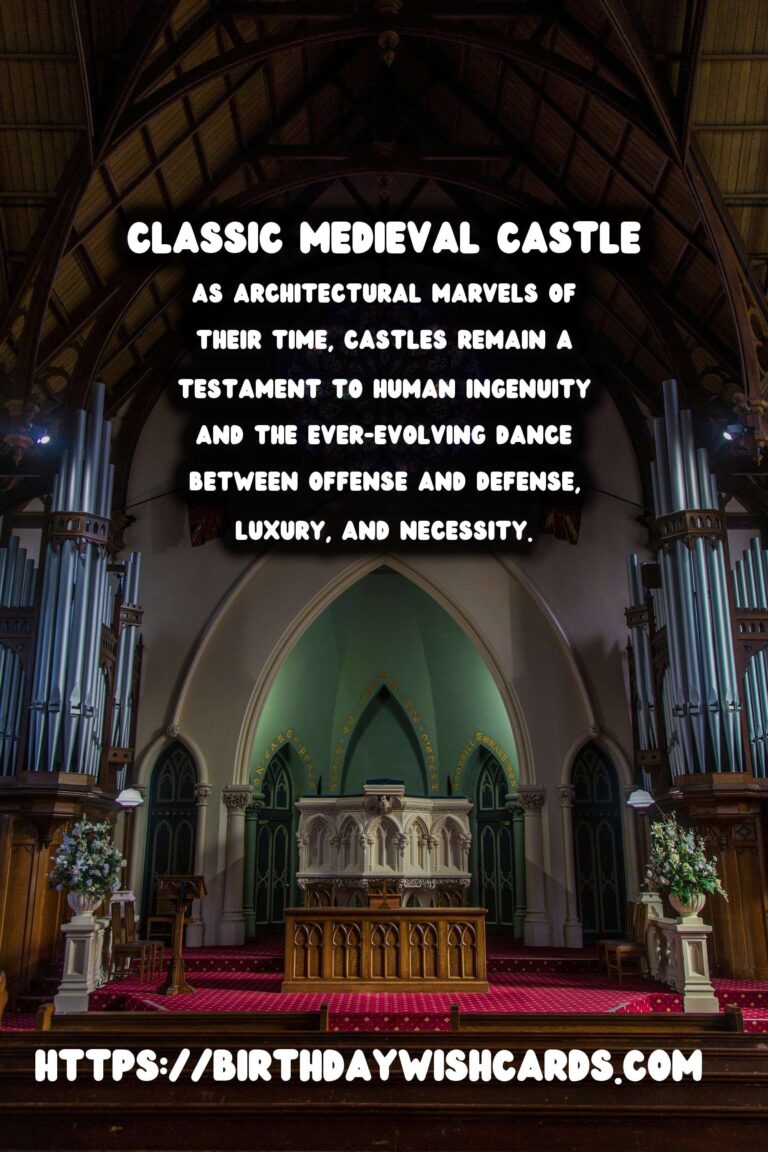
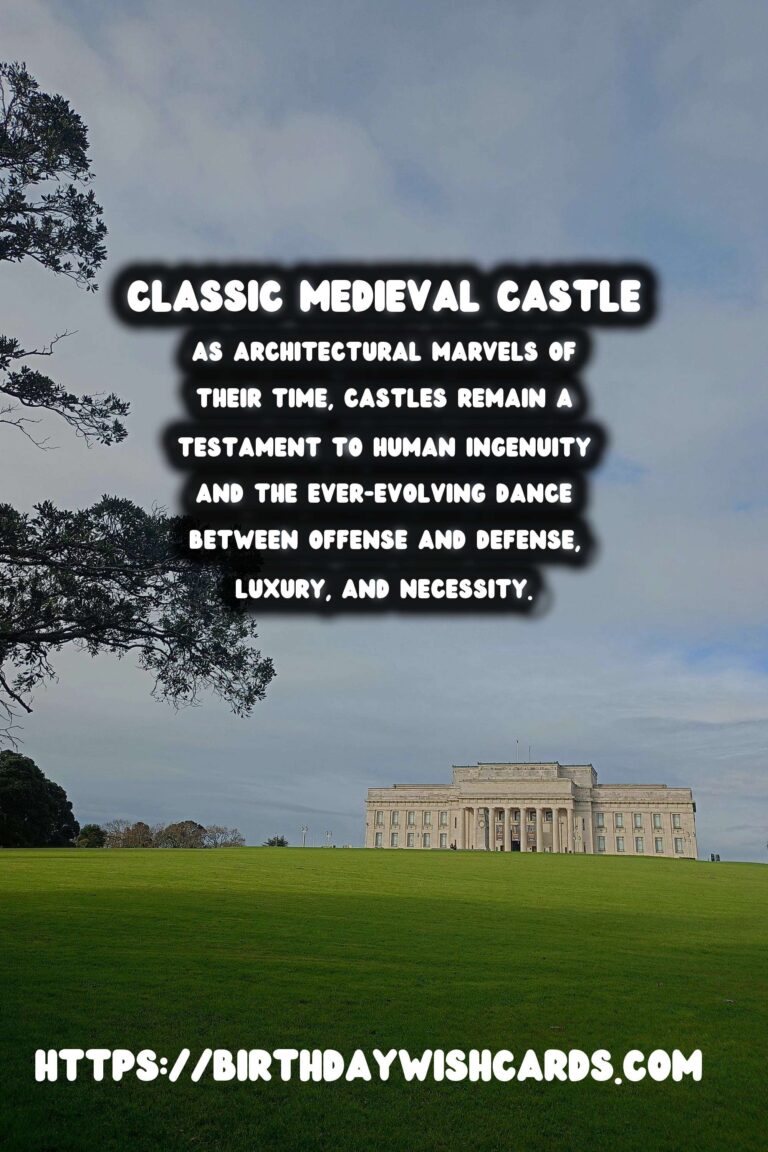
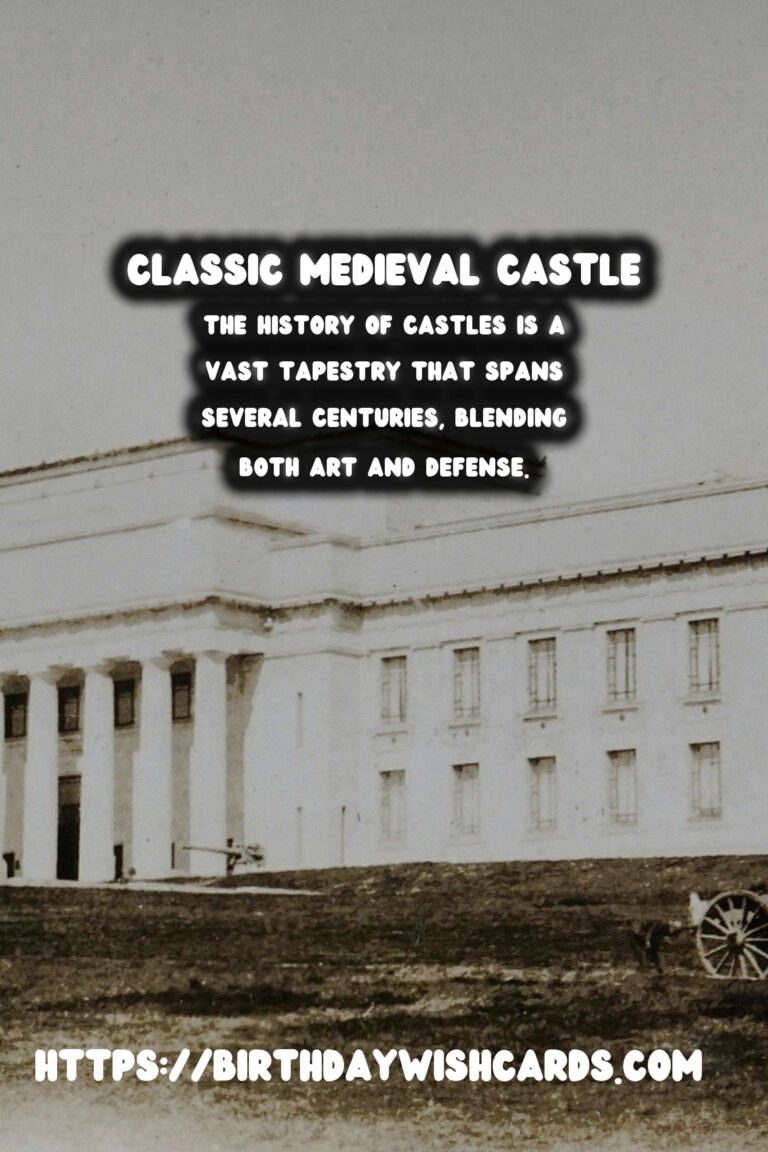
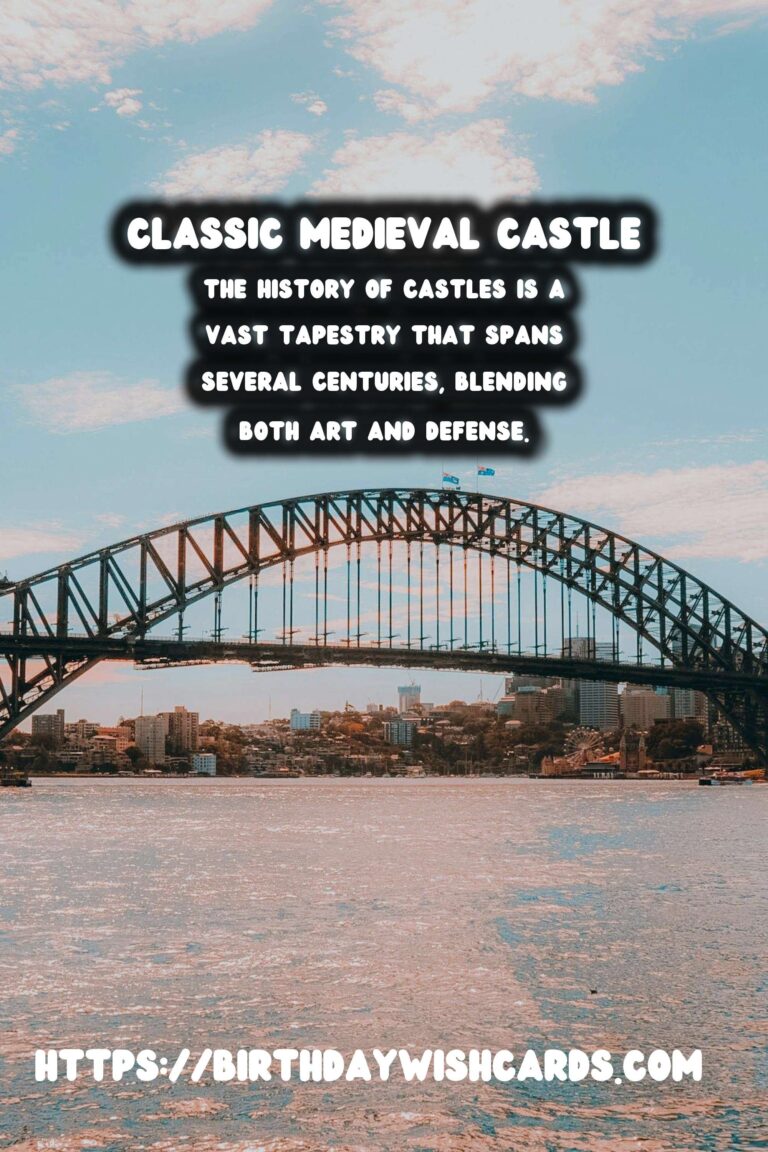
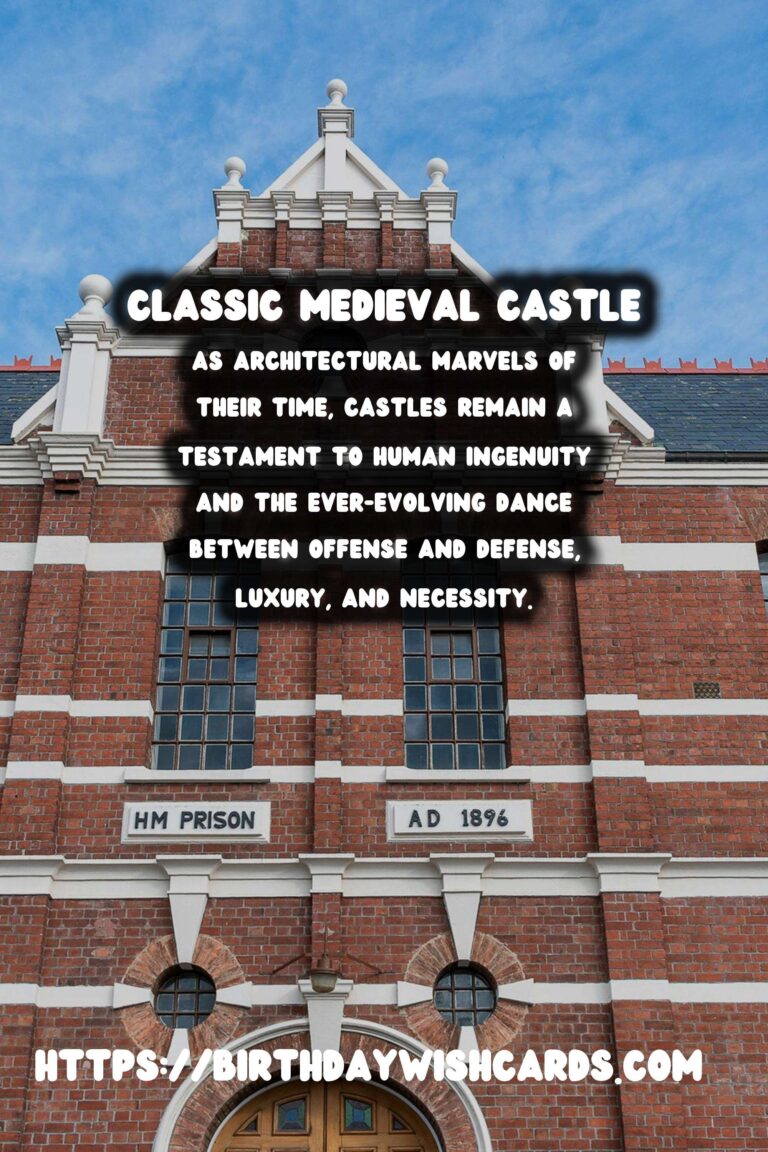
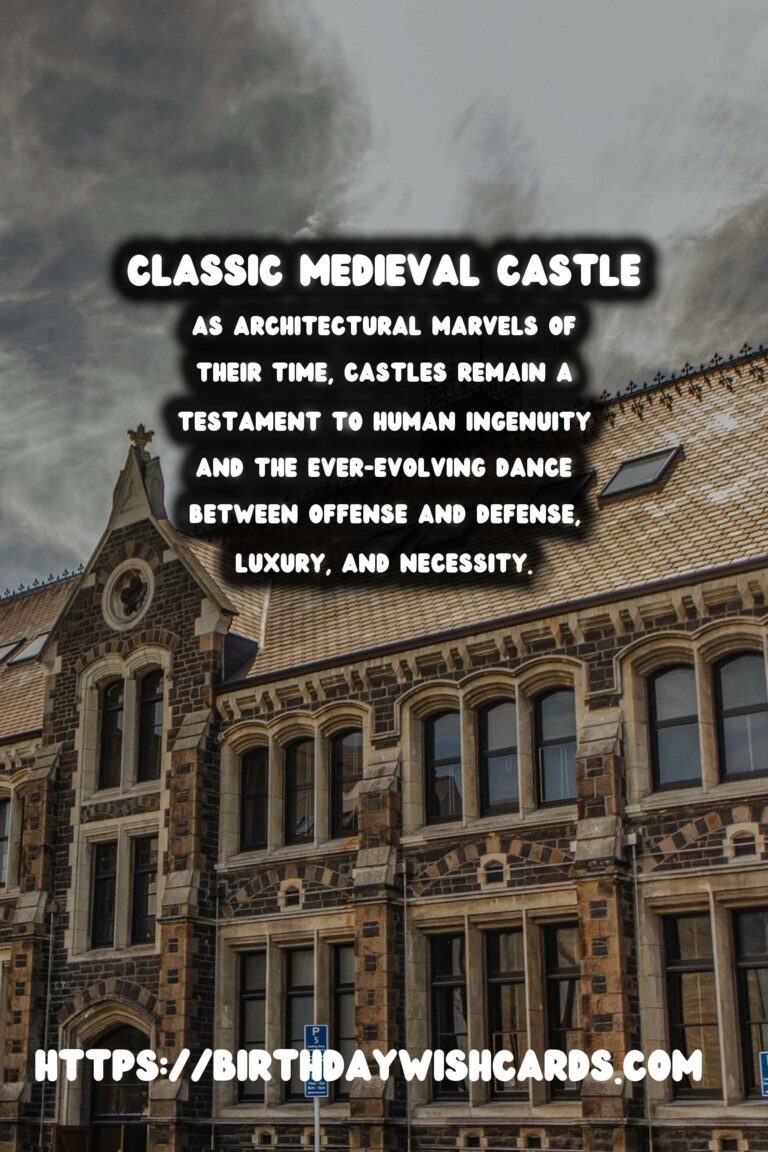
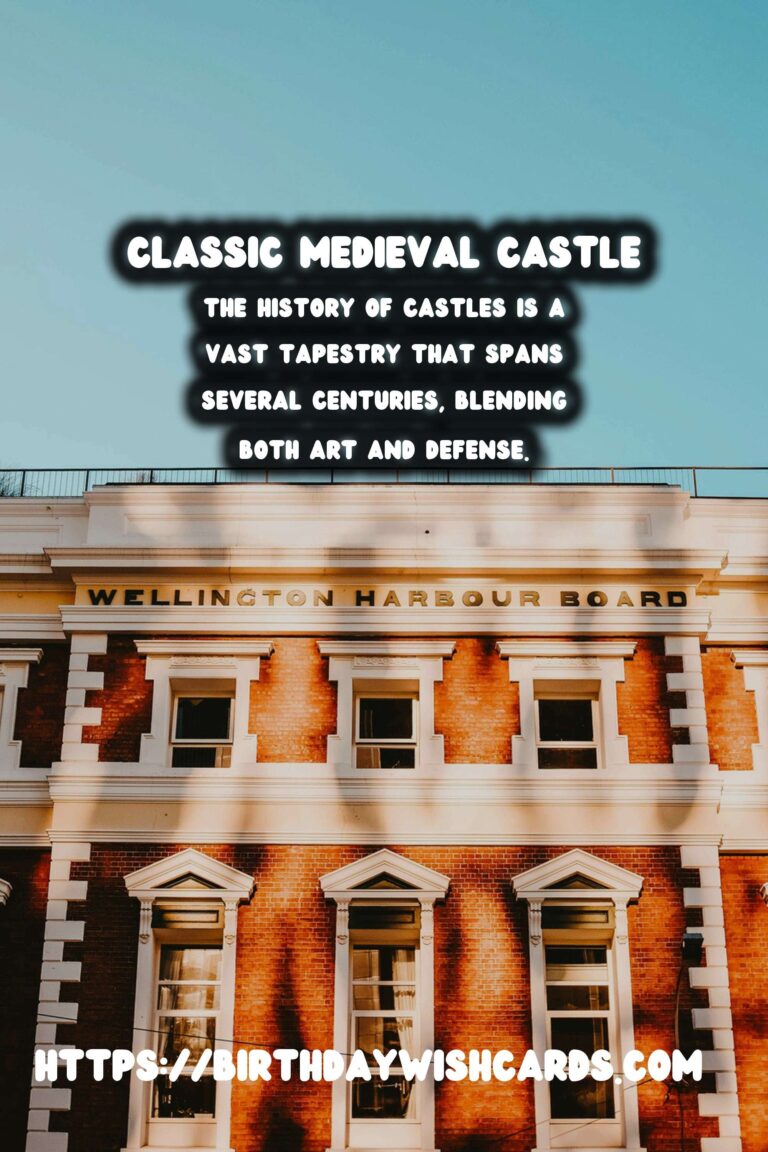
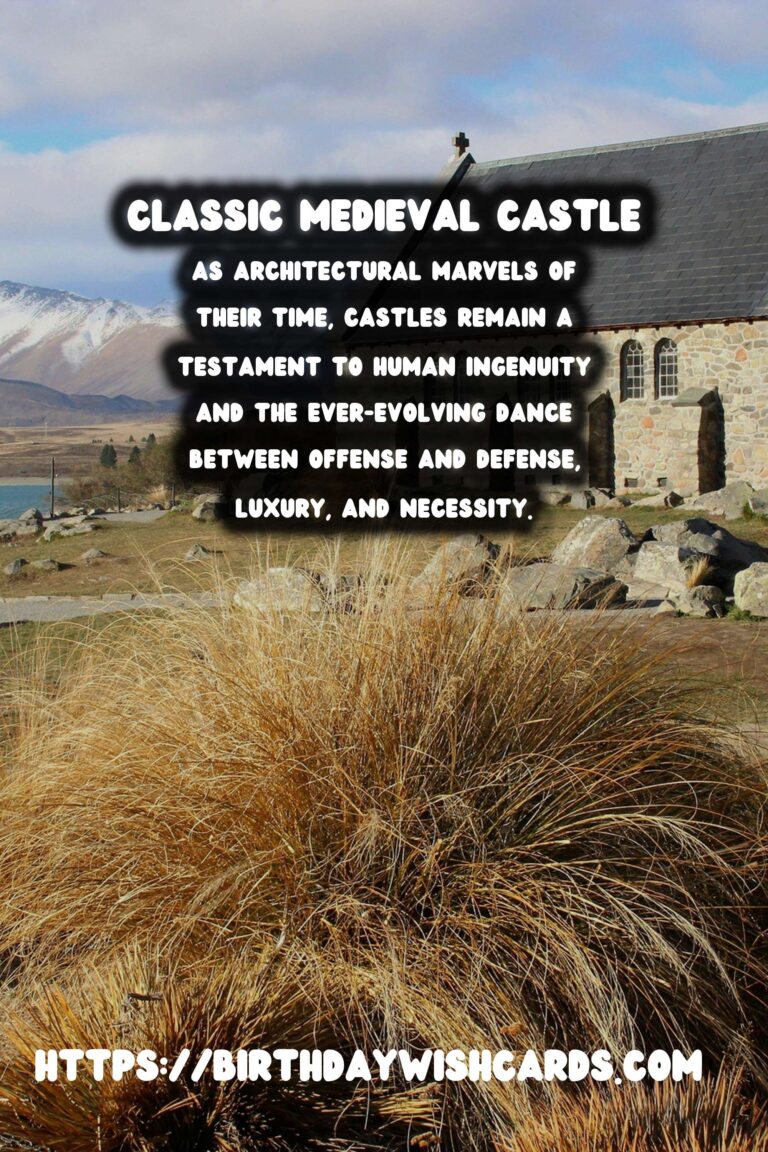
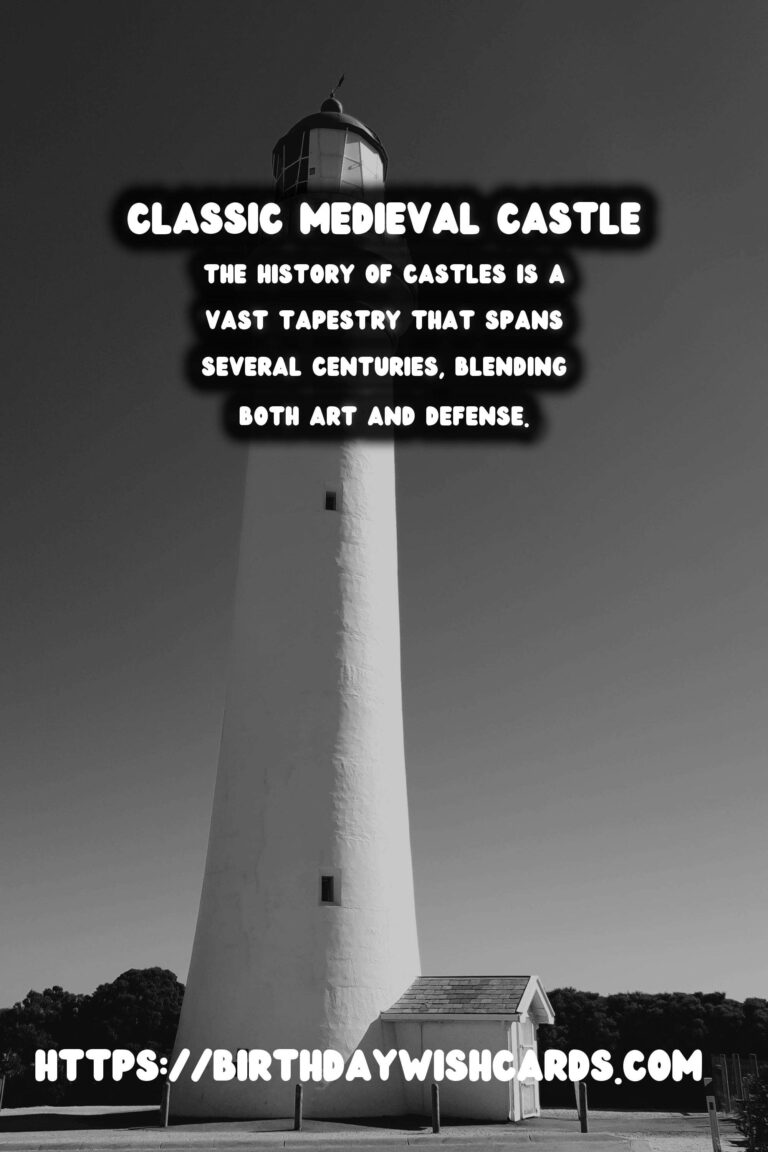
#architecturalhistory #castles



